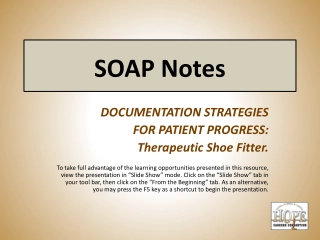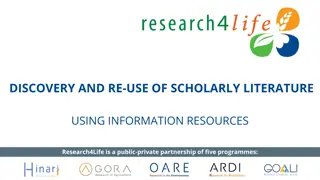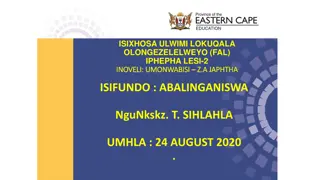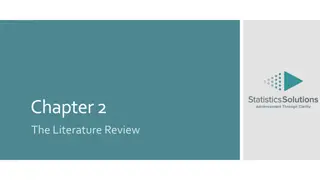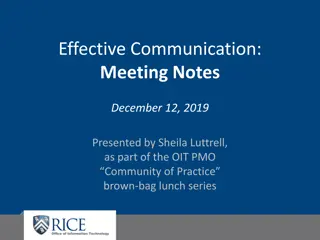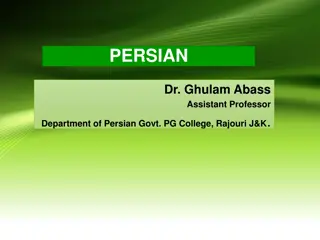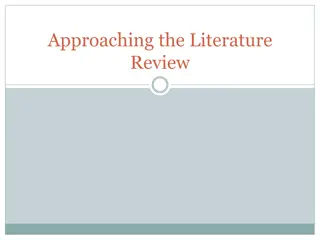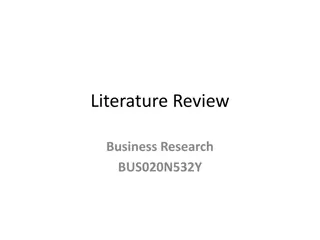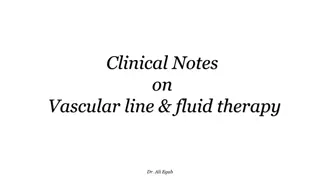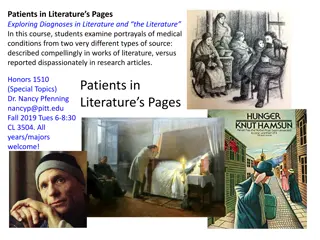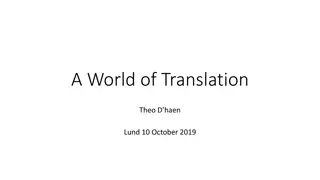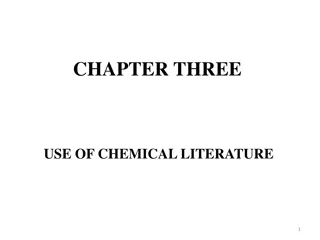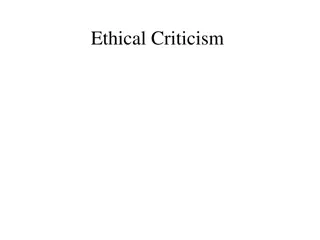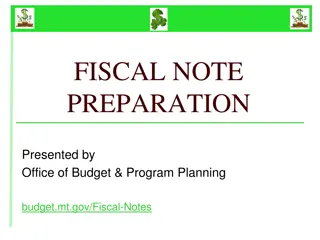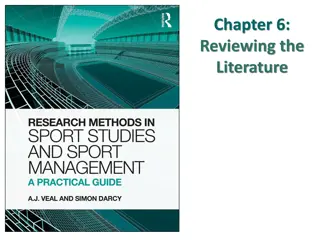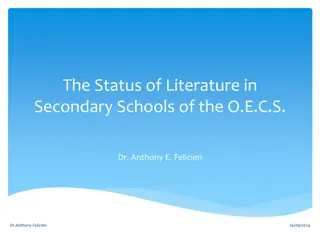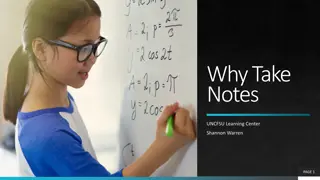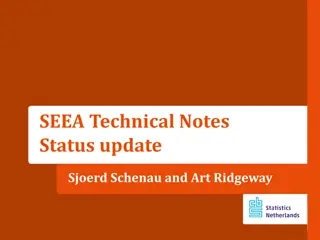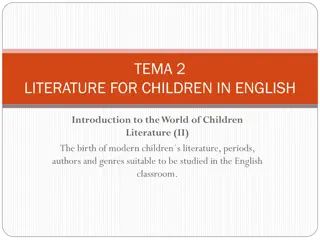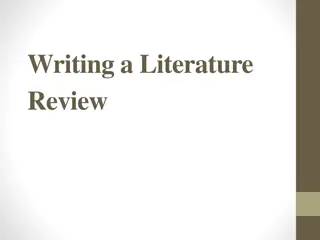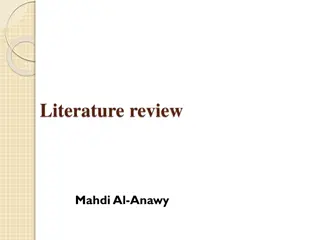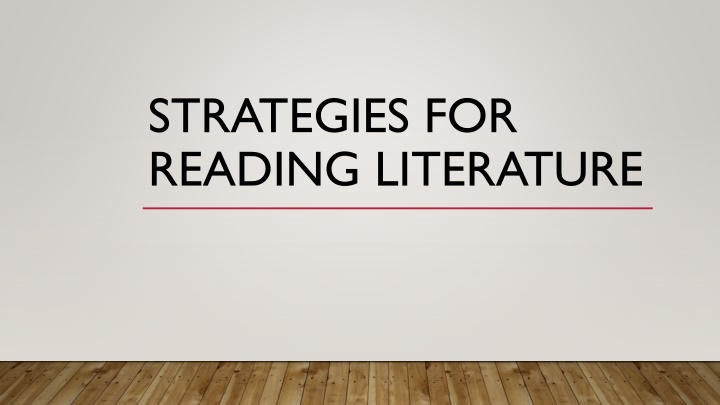
Effective Literary Analysis Strategies and Techniques
Discover essential strategies for analyzing literature, including exploring surface vs. depth, identifying patterns, examining opposites, considering context and genre, reflecting on social relevance, applying theoretical frameworks, and participating in critical conversations.
Download Presentation

Please find below an Image/Link to download the presentation.
The content on the website is provided AS IS for your information and personal use only. It may not be sold, licensed, or shared on other websites without obtaining consent from the author. If you encounter any issues during the download, it is possible that the publisher has removed the file from their server.
You are allowed to download the files provided on this website for personal or commercial use, subject to the condition that they are used lawfully. All files are the property of their respective owners.
The content on the website is provided AS IS for your information and personal use only. It may not be sold, licensed, or shared on other websites without obtaining consent from the author.
E N D
Presentation Transcript
STRATEGIES FOR READING LITERATURE
SURFACE/DEPTH Revealing deeper, less obvious meaning beneath a surface (literal) reading of the text.
PATTERNS Finding an image, word choice or other pattern that is repeated in surprising places throughout the text.
OPPOSITES Noting contradictions or opposites in the text and drawing conclusions that complicate the typical way we understand things.
CONTEXT Using information about the author s time period, culture, or other writings or about cultural references made in the text to discover or support an interpretation.
GENRE Using information about the history, cultural associations, or conventions of the text s genre to support or discover an interpretation.
SOCIAL RELEVANCE Using the text to understand the origins or nature of social problems in our own contemporary situation.
THEORETICAL Reading or interpreting the text through the lens of a theory, or concept external to the text, to see what this lens elucidates or highlights in the text.
JOINING THE CRITICAL CONVERSATION Identifying a point of disagreement or a gap in what others have said about the text and responding to or building on that previous discussion by adding something new.

